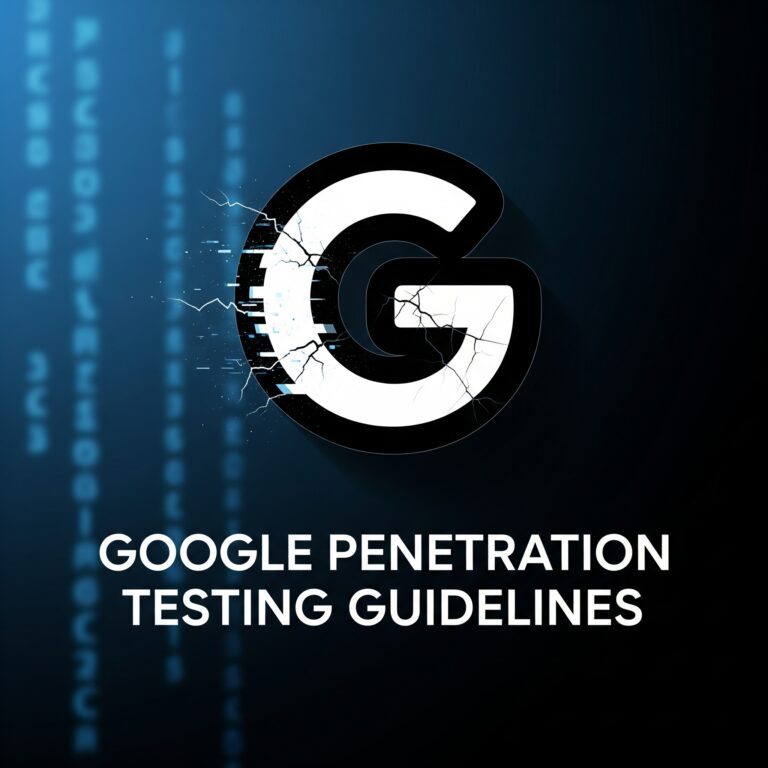Before diving deeper into the black box penetration testing cycle, it’s essential to understand how it differs from automated external vulnerability scanning. Though they share similarities such as identifying vulnerabilities, their approach, depth, and objectives are distinct.
1. Objective:
- Penetration Testing: The primary goal is to simulate a real-world attack to understand how an actual attacker could exploit vulnerabilities to gain unauthorized access or compromise the system.
- Automated External Vulnerability Scanning: This focuses on identifying known vulnerabilities in the system by scanning against a database of known issues, with the primary objective being the discovery rather than exploitation.
2. Approach:
- Penetration Testing: This is often a manual process where the tester uses various tools and techniques to not only find vulnerabilities but to exploit them to understand the depth and impact.
- Automated External Vulnerability Scanning: As the name suggests, this process is automated. It relies on software tools to scan and identify known vulnerabilities, without attempting exploitation.
3. Depth:
- Penetration Testing: Offers a deep understanding of the system by actively exploiting the vulnerabilities. It provides insights into chaining different vulnerabilities, understanding the potential impact, and sometimes uncovering unknown issues (zero-days).
- Automated External Vulnerability Scanning: This offers more of a surface-level view, highlighting known vulnerabilities. It does not provide insights into how an attacker might chain these vulnerabilities or the real-world impact.
4. Frequency:
- Penetration Testing: Due to its depth and complexity, it’s usually conducted less frequently, such as annually or bi-annually, and requires more planning.
- Automated External Vulnerability Scanning: Since it’s automated and less intrusive, it can be conducted more frequently, sometimes even weekly or monthly, to ensure consistent monitoring.
5. Reporting:
- Penetration Testing: The reports are comprehensive, including the methodologies used, vulnerabilities exploited, the impact, and often providing tailored recommendations for mitigation.
- Automated External Vulnerability Scanning: The reports are generally a list of identified vulnerabilities, often ranked by severity but lacking the depth of analysis and tailored recommendations.
While both penetration testing and automated external vulnerability scanning are vital for maintaining robust security, they serve different purposes. Automated scanning is excellent for regular monitoring and identifying known vulnerabilities quickly, whereas penetration testing provides a deeper understanding of how an attacker could potentially compromise your system. For a well-rounded security posture, organizations should employ both methods in conjunction.














